Shanghai's Strategic Leap: 16 Measures to Propel High-Quality Growth in Technology-Driven Services
本文包含AI辅助创作内容
As Shanghai accelerates its transformation into a global innovation hub, the city government unveiled a comprehensive reform package designed to elevate the technology-focused service industry to new heights. On May 22, 2025, Shanghai's municipal authorities introduced a sweeping set of 16 measures comprising 39 distinct reform tasks, targeting supply, demand, and environmental factors to cultivate an integrated, high-quality tech service ecosystem.
Strengthening Corporate Leadership in Innovation
Central to Shanghai's strategy is reinforcing the role of enterprises as the primary drivers of technological innovation. This approach aims to stimulate firms to increase investment in tech services, enhance industry capabilities, and foster brand leaders recognized for innovation and quality. The reform package encourages companies to extend service chains, deepen cross-sector integration, and build capacities in intelligence, platform development, and integrated services. Notably, it also promotes the internationalization of technology service providers, a vital step for global market engagement.
Bridging Critical Innovation Gaps
Shanghai recognizes that full-chain innovation requires closing gaps at crucial junctures. The city's initiative to “supplement the chain” focuses on fortifying weak links across the entire innovation lifecycle—from concept verification and pilot scaling to incubation and commercialization. Specifically, the reforms emphasize dual validation of technologies'technical feasibility and market potential. By enhancing governance reforms in science and technology associations and journals, Shanghai aims to strengthen advisory services and knowledge hubs, thereby reinforcing the intellectual infrastructure supporting innovation.

Mechanism Reforms to Optimize the Innovation Environment
In pursuit of an enabling environment, the package advances reforms across support, management, and service mechanisms. Key measures include expanding the patent open-licensing system to facilitate more flexible use of intellectual property, launching a public technology demand catalog to stimulate market participation, and implementing credit-based, tiered regulatory oversight to reduce administrative burdens on enterprises. The initiative also simplifies procedures for scientific exhibitions, forums, and competitions, making innovation events more accessible.
Supply-Side Enhancements: Infrastructure and Talent
On the supply front, Shanghai plans to increase public access to major research infrastructure and sophisticated scientific instruments. A highlight is the pilot “scientific data bank” project aimed at leveraging big data and large language models for niche scientific applications. Complementing this is a coordinated ecosystem linking future industry funds, high-quality incubators, concept verification centers, and industrial clusters to support emerging sectors.
Talent cultivation receives focused attention, with reforms designed to diversify and elevate technical training tailored for new industries. Moreover, policies incentivize intellectual property securitization and encourage the growth of novel service models like cloud computing and IoT-enabled smart testing platforms.
Expanding Market Demand and Global Connectivity
To invigorate demand, Shanghai is releasing a technology innovation service demand list, fostering first-of-their-kind demonstration projects, and broadening eligibility for tech innovation vouchers to include concept verification and consultancy services. The city also seeks to attract internationally renowned tech service firms and encourage adoption of international standards by contract research organizations to promote mutual recognition of results.
Optimizing the Development Environment
Further measures aim to bolster the ecosystem by enhancing talent pools, managing cross-border data flow for research, facilitating corporate financing, and driving down operational costs. Brand cultivation and streamlined governance mechanisms complete the package, reinforcing Shanghai's ambition to be a global tech service powerhouse.
Real-World Impact: Inspection and Testing as a Global Gateway
Shanghai's Deputy Director for Market Regulation, Wang Yiyang, emphasized the strategic role of the city's robust inspection and testing sector in facilitating international trade. With nearly 1,500 certification institutions employing 83,000 staff and generating over 46.8 billion yuan ($6.5 billion) in revenue—approximately 8% of China's total industry income—these institutions are pivotal in lowering barriers for local companies entering global markets.
Wang highlighted plans to support these organizations in overseas mergers, acquisitions, and establishing international branches across Europe, the Middle East, and ASEAN countries. Furthermore, inspection bodies will be encouraged to participate in the development of international standards and prepare verification brochures tailored for Belt and Road Initiative economies, thereby reinforcing Shanghai's role in global trade facilitation.
Concept Verification: From Lab to Market
Zhai Jinguo, Deputy Director of Shanghai's Science and Technology Commission, underscored concept verification as a critical innovation stage, bridging fundamental research and commercial application. This dual validation process ensures that technologies are not only feasible but also hold market promise. To bolster this, universities are incentivized to create early-stage research result pools and adopt flexible screening to spotlight promising projects earlier. Equipping researchers with business acumen will cultivate a new breed of “technology managers” poised to steer innovations through to market realization.











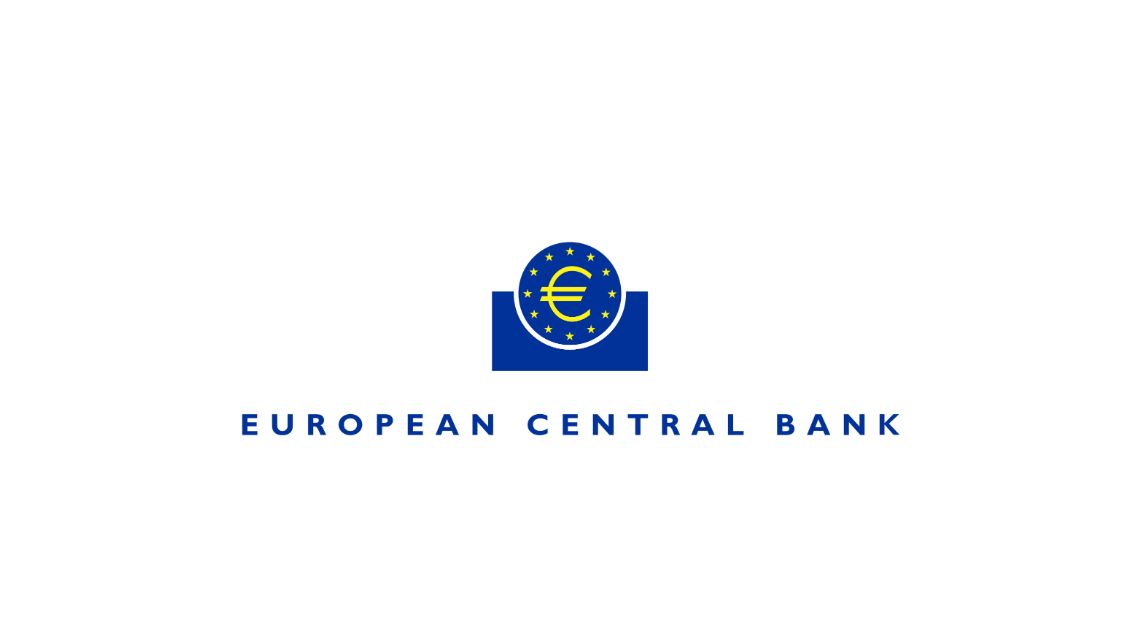
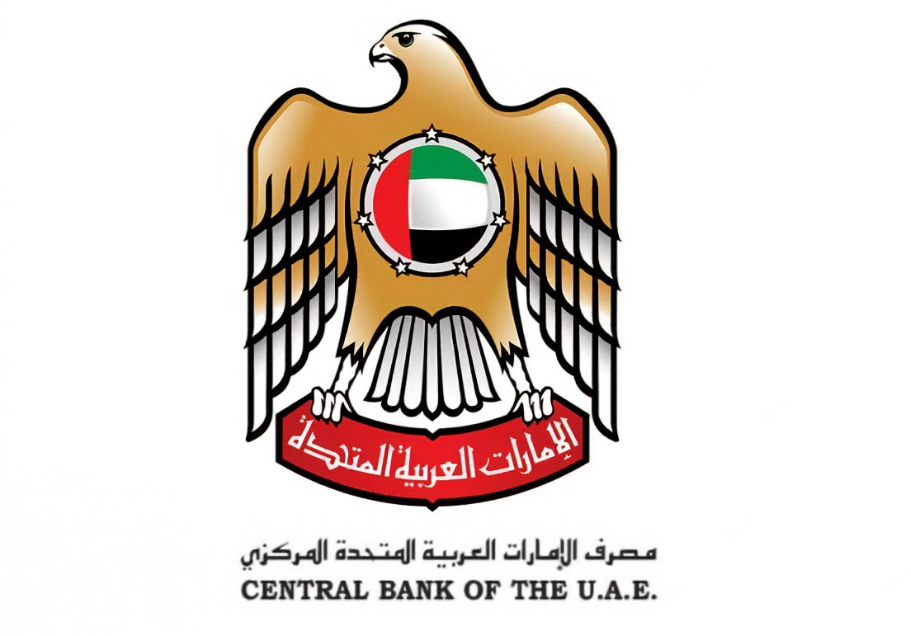





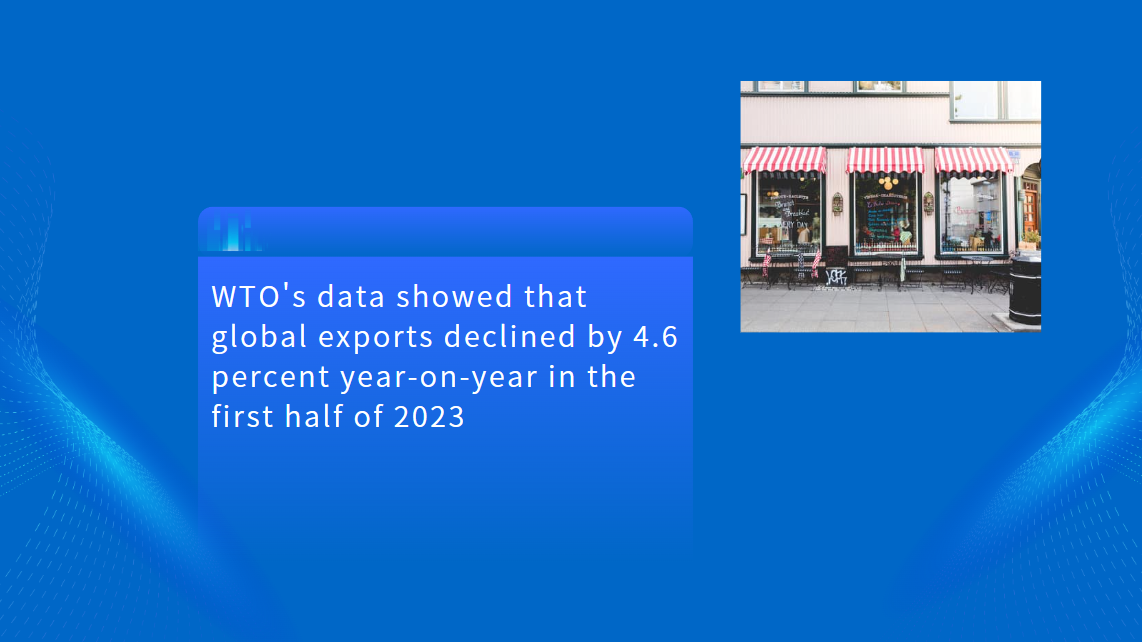
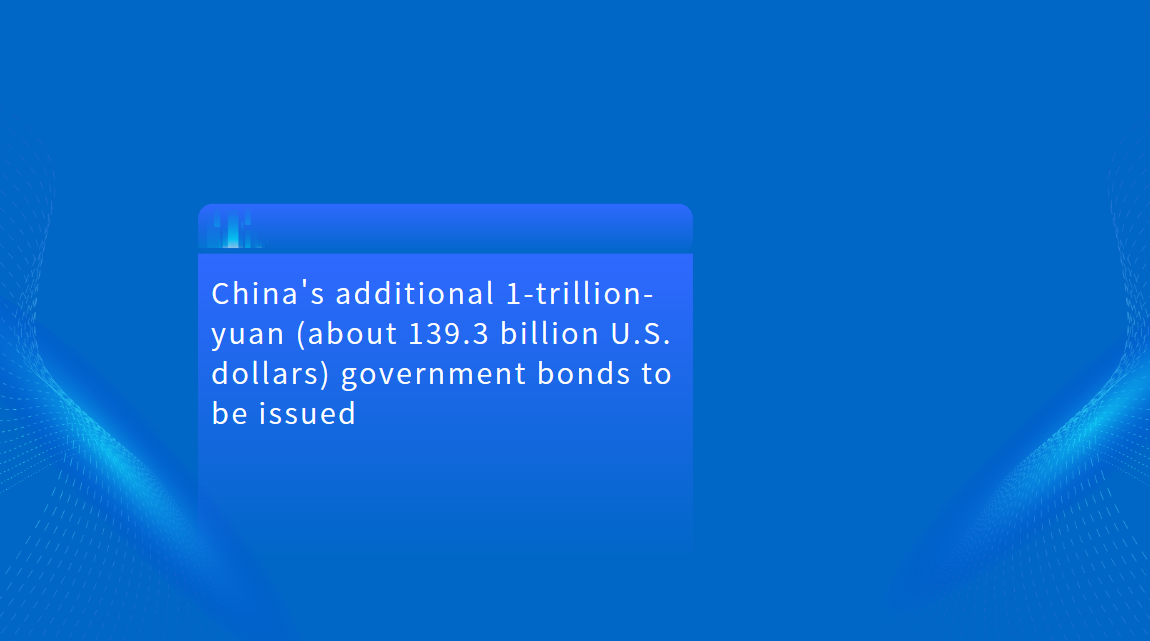



















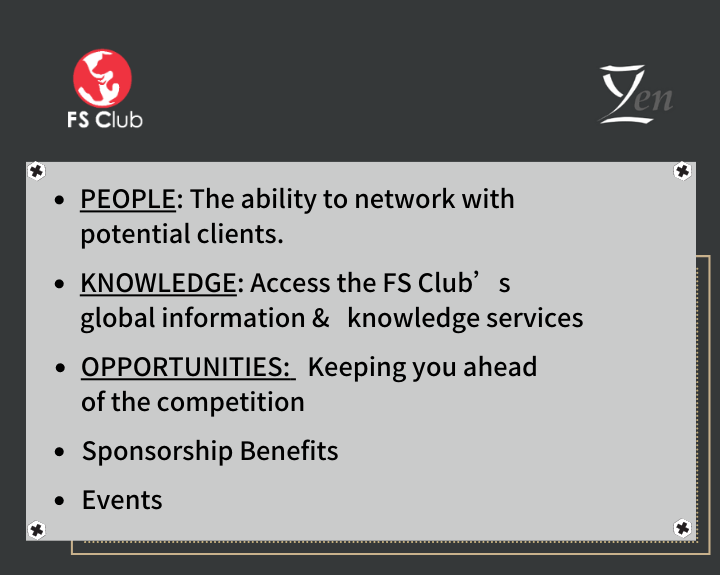













First, please LoginComment After ~